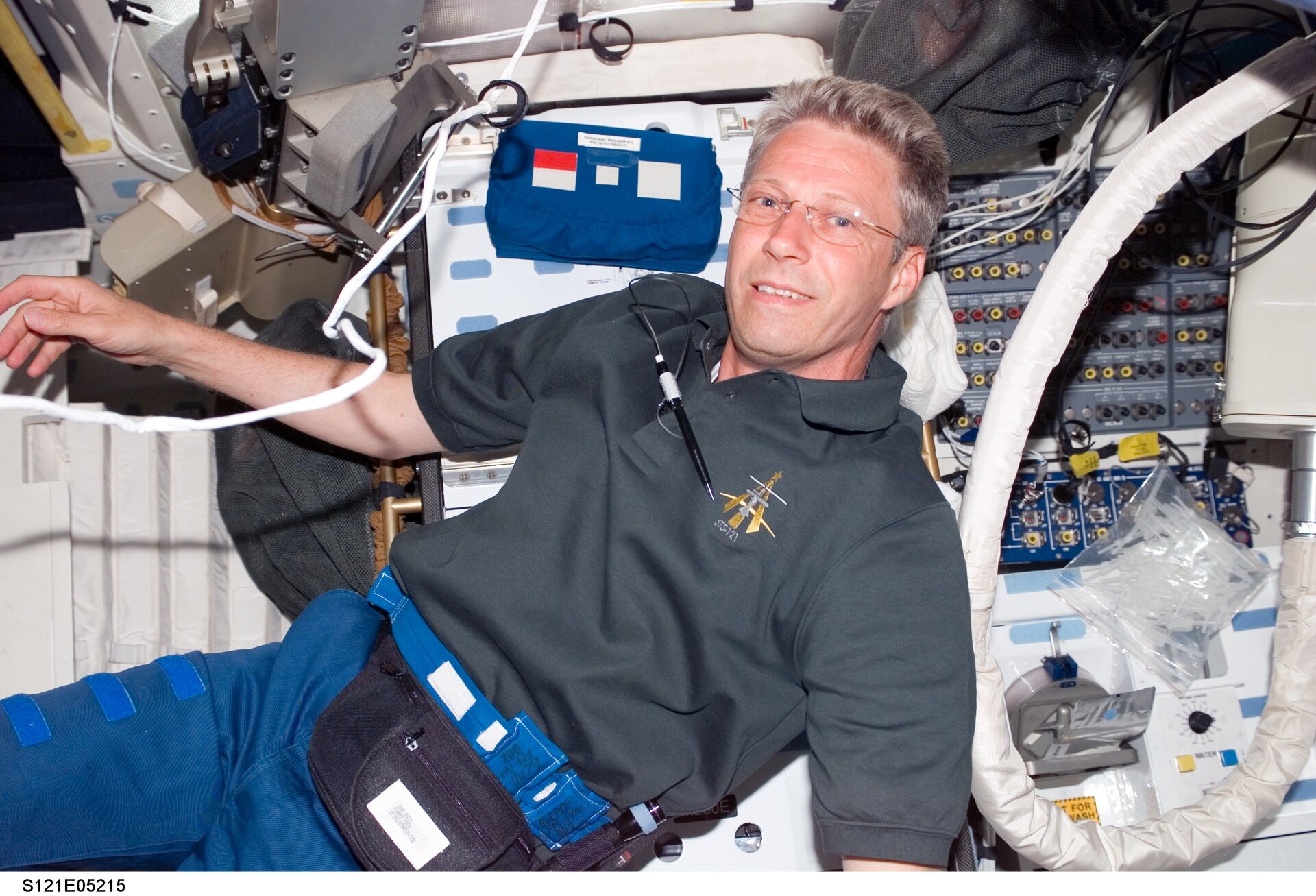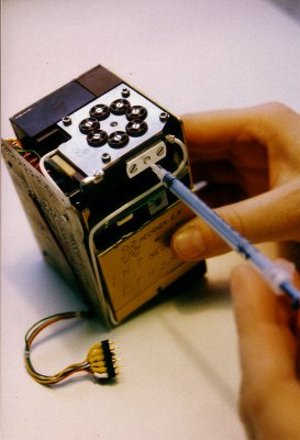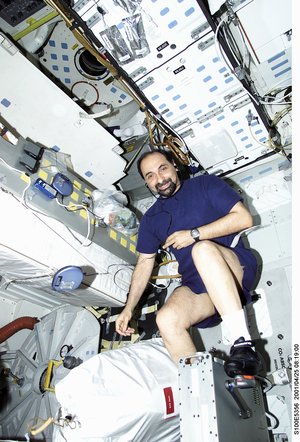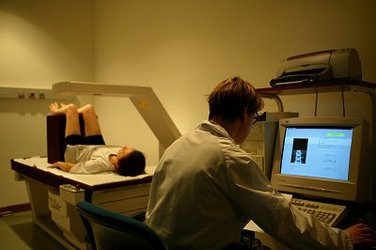Astronauts experiment on skin care
Astronauts have a lot of specific needs during a space mission: they need special food that does not only provide the maximum nutritional value but also does not 'go off' in the harsh space conditions, they need particular sleeping bags as bed-substitutes and distinctive shampoo that works without water. They also need skin-care products because the harsh space environment dries the skin out.
Skin-care is so important to the well-being of an astronaut that an experiment on the ISS is now investigating the effects of microgravity on human skin.
Skin deterioration is one of the major detrimental effects experienced by astronauts in space. The skin being the largest organ of the human body and serving as its protective shield is highly susceptible to harmful environmental influences, such as all of us have painfully experienced with sunburn. Space itself is a tough environment for humans to survive in, and living in space for a long period of time puts lots of strains on the human body - including the skin.
Three German companies have now teamed up to get to the bottom of this problem by conducting the 'SkinCare' experiment on the International Space Station (ISS), namely 'DermaTronnier', the institute for experimental dermatology at the University of Witten/Herdecke, the medical equipment company 'Courage + Khazaka' and the manufacturer of skin protection and skin care products 'Degussa'.
Astronauts and cosmonauts living on the International Space Station are constantly exposed to conditions that stress their skin: for instance, the constant draft from the station's ventilation system takes its toll on the skin by drying it out and making it more susceptible to scratches and irritation. Furthermore, it was observed that the skin becomes thinner in microgravity conditions. On Earth we experience a phenomenon that shows similar effects on human skin: ageing. These observations lead to the hypothesis that skin in space could be a suitable model for skin ageing on earth.
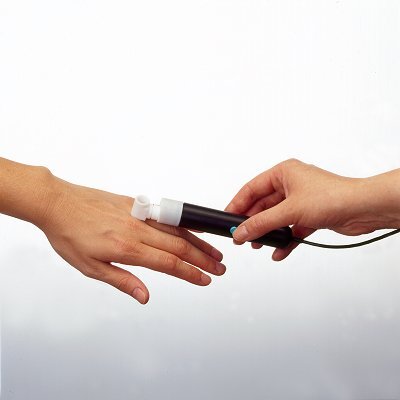
Implemented by ESA's Commercial Agent for Biotechnology, Health, Food and Nutrition - ISS Lab Ruhr GmbH - in cooperation with ESA, the 'SkinCare' experiment is planned to be uploaded to the International Space Station during the Astrolab Mission, the first ESA long duration mission carried out by German ESA astronaut Thomas Reiter. For the first time, the effects of space conditions on human skin will be systematically examined with non-invasive high tech equipment. One goal will be to gather valid scientific data on how skin changes in weightless space conditions.
Different physiological parameters of the skin will be examined before, during and after the mission. For this, a skin protection product for occupationally stressed skin will be applied on the same spot of one of an astronaut's forearms daily, while the other forearm will remain untreated. Every two weeks during the mission, several high-tech devices will be used to measure any physiological change in both the treated and untreated forearms. It is also planned to monitor the regeneration of the skin on Earth.
The 'SkinCare' experiment will not only establish whether the space environment is a suitable medium for studying skin ageing, but also whether it might help to improve skin ageing models.
For more information, please contact us under one of the following emailaddresses: issbusiness@esa.int info@european-biospace.com


